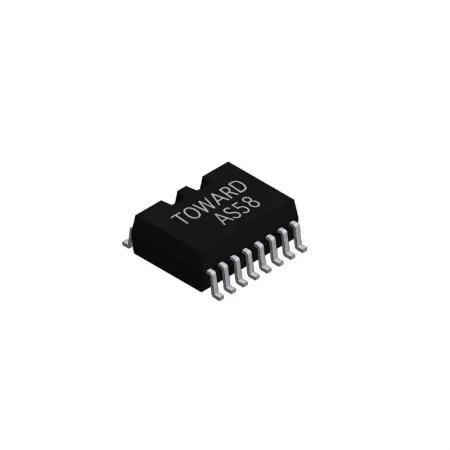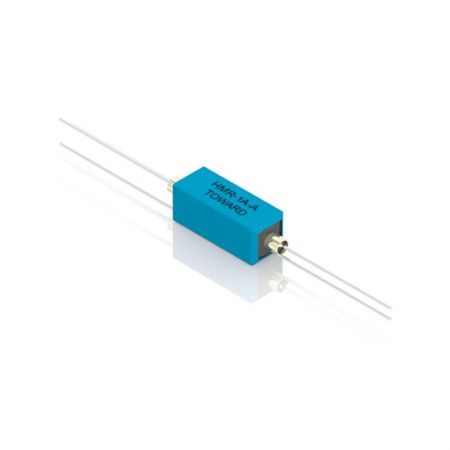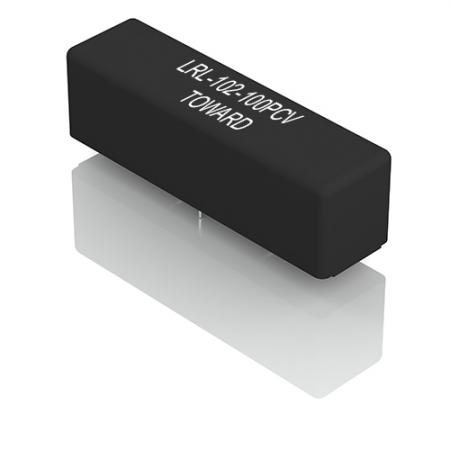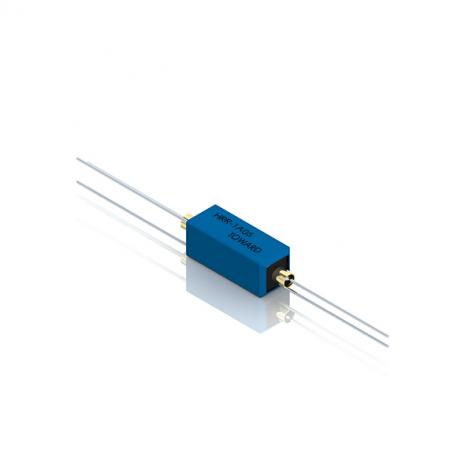What is the Breakdown Voltage of a relay?
The Breakdown Voltage of a relay is the minimum voltage required to cause an electrical breakdown and initiate the flow of current through the insulation barrier between two conductive components of the relay, such as its contacts.
In the case of a mechanical relay, the contacts are physically separated when the relay is in its resting state, and the insulation barrier between them prevents the flow of current. However, when a voltage is applied to the relay coil, the magnetic field generated by the coil causes the contacts to come together or move apart, thereby completing or breaking an electrical circuit.
The Breakdown Voltage of a relay is an important characteristic that determines the maximum voltage that can be applied to the relay's contacts without causing damage or arcing. It depends on various factors such as the insulation material used, the distance between the contacts, and the shape of the contacts. The Breakdown Voltage is specified by us in the relay's datasheet, and it is an important parameter to consider when selecting a relay for a particular application.
Below are our most popular relays with high breakdown voltage.
- Mos RelaysReed Relays




